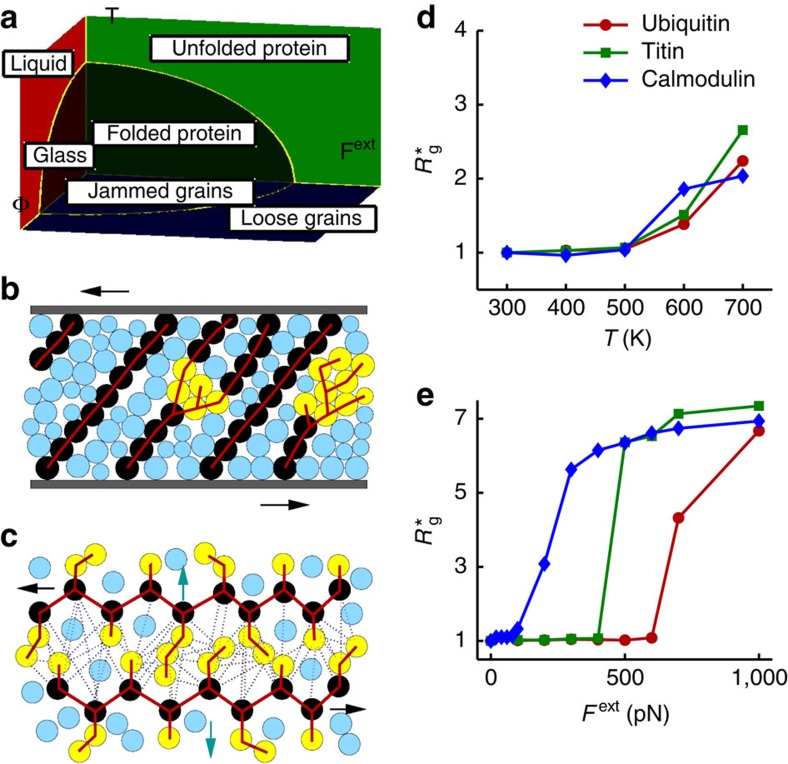Figure 1. Parallels between jamming and folding transitions.
(a) Schematic phase diagram for ‘unified jamming' adapted from ref. 4 to proteins. Below certain values of external force (Fext), temperature (T) and denaturant concentration (Φ, or other environmental parameter), proteins fold and undergo changes in mechanical properties similar to jamming of grains. (b,c) Caricatural analogy between shearing jammed grains and unfolding proteins: (b) jammed grains: black beads carry stress balancing paths, yellow depicts less stress bearing beads, and blue beads are least stressed, loose grains (cf. Cates et al.2). Force chains marked with red lines; black arrows indicate direction of shear. (c) Proteins pulled by external forces (in analogy with panel b), with backbone as the force transmission path (colour coding of atoms-beads correspondence as in b); the dotted lines depict non-bonding interactions. (d,e) Radius of gyration R*g=Rg/Rg|T=300K, Fext=0pN of proteins versus T and Fext; a sudden increase of Rg defines the transition values of T and Fext where proteins loose majority of native contacts and ‘unjam'.

